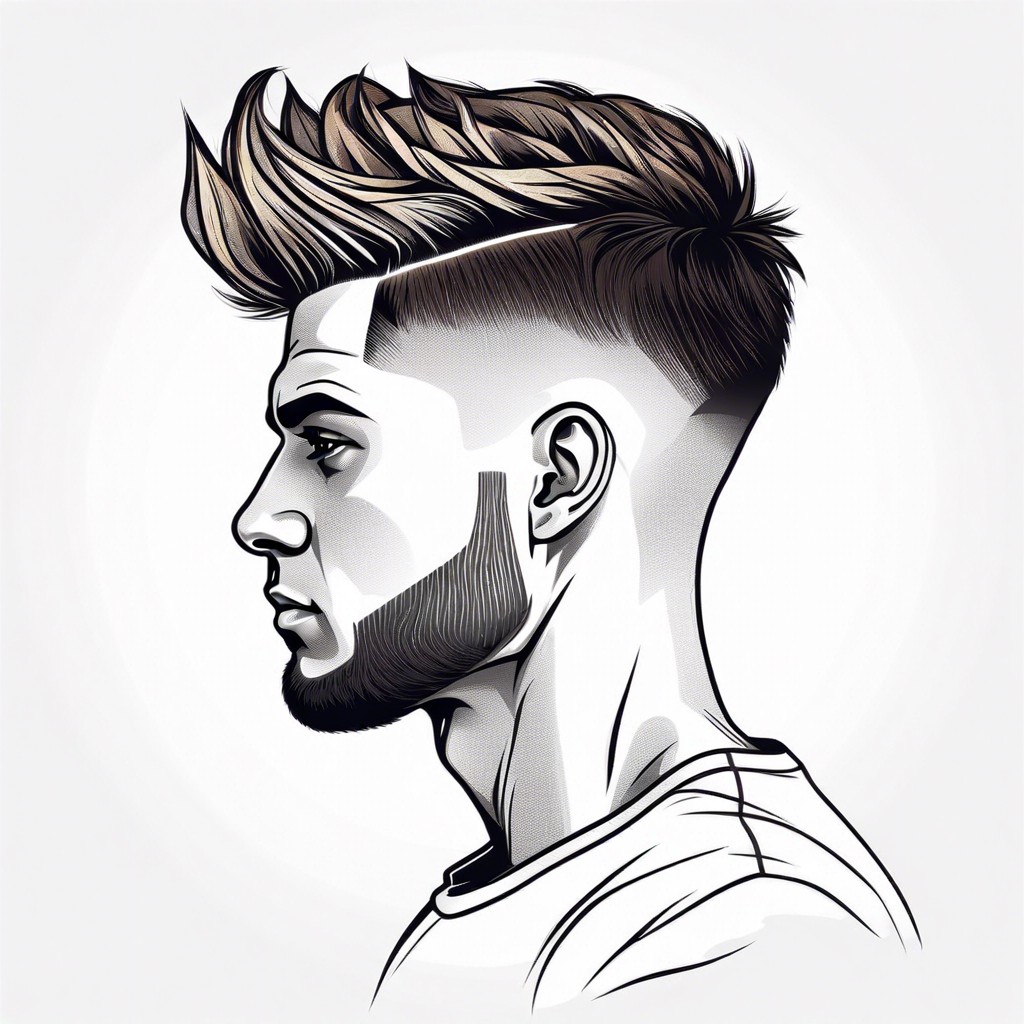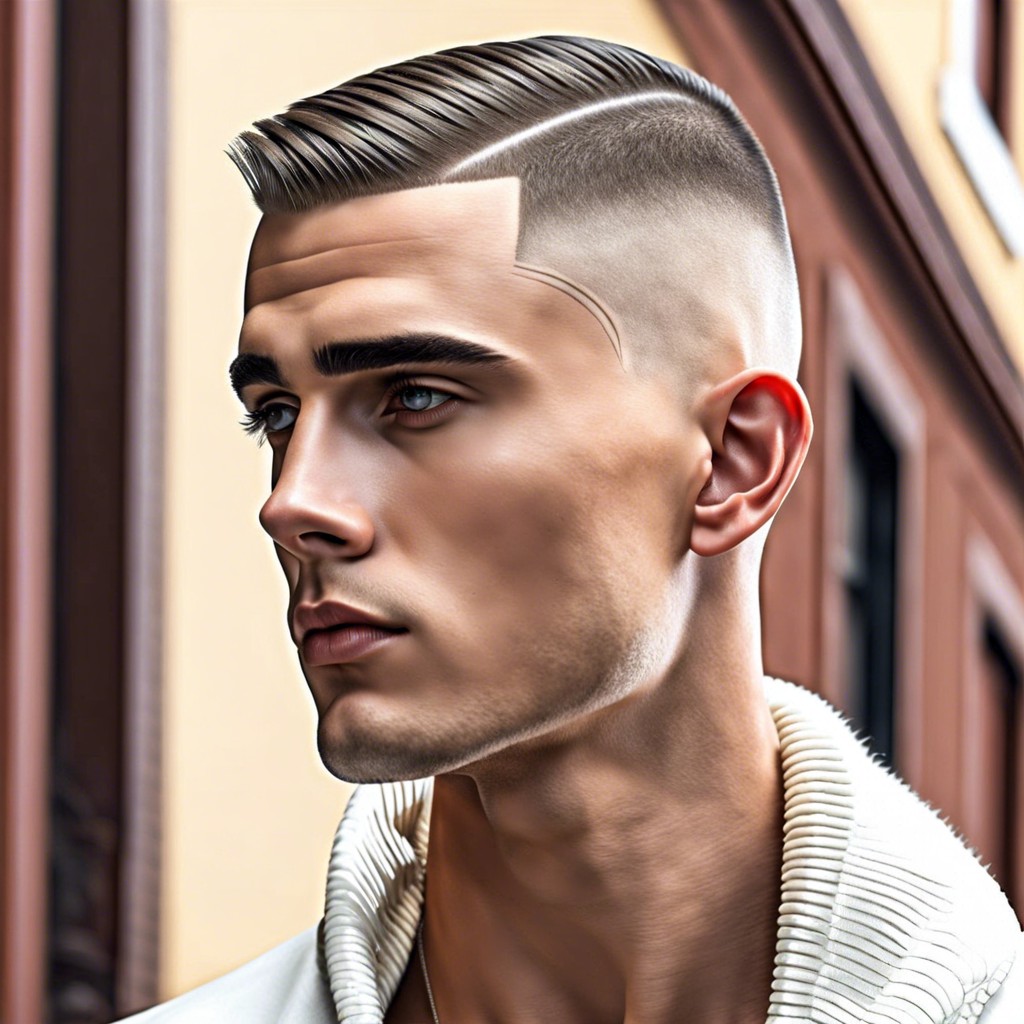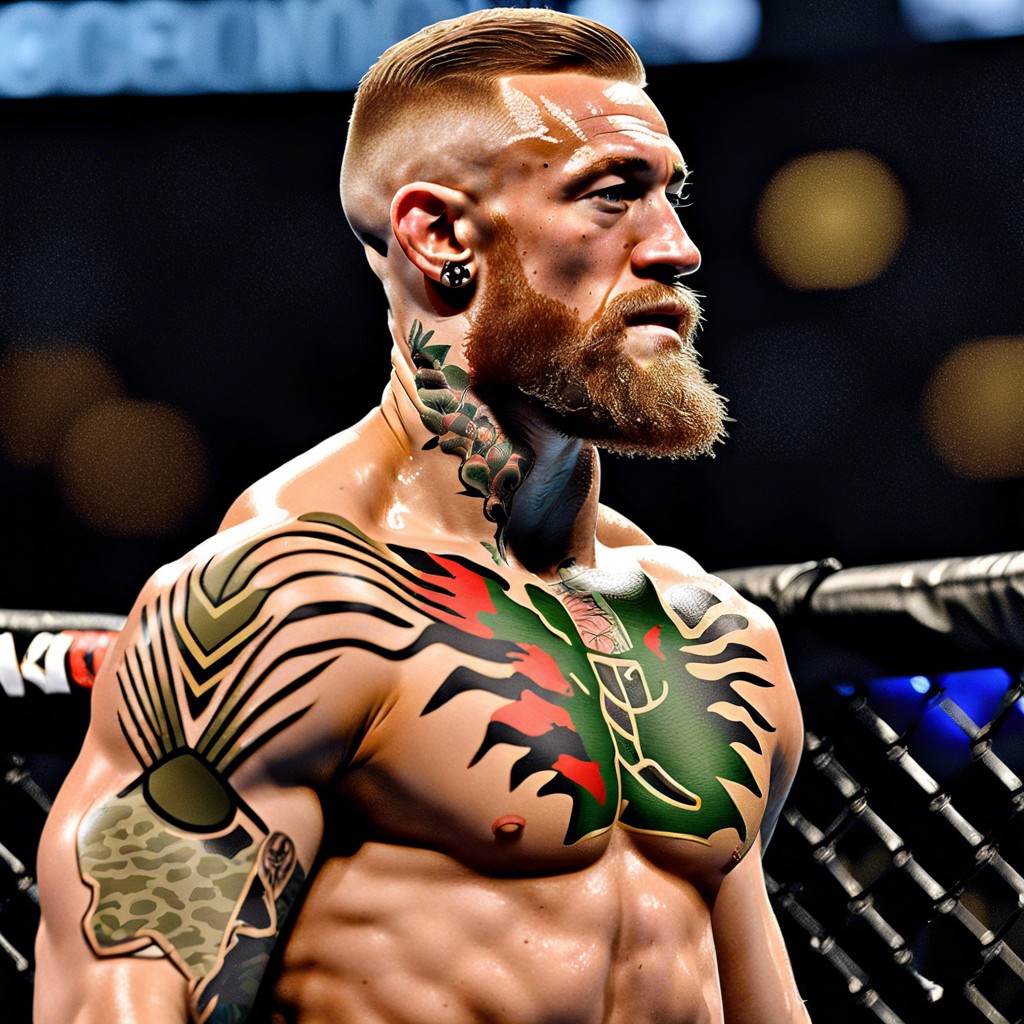This article explains the science behind curly hair and presents creative ways to style it.
Genetics
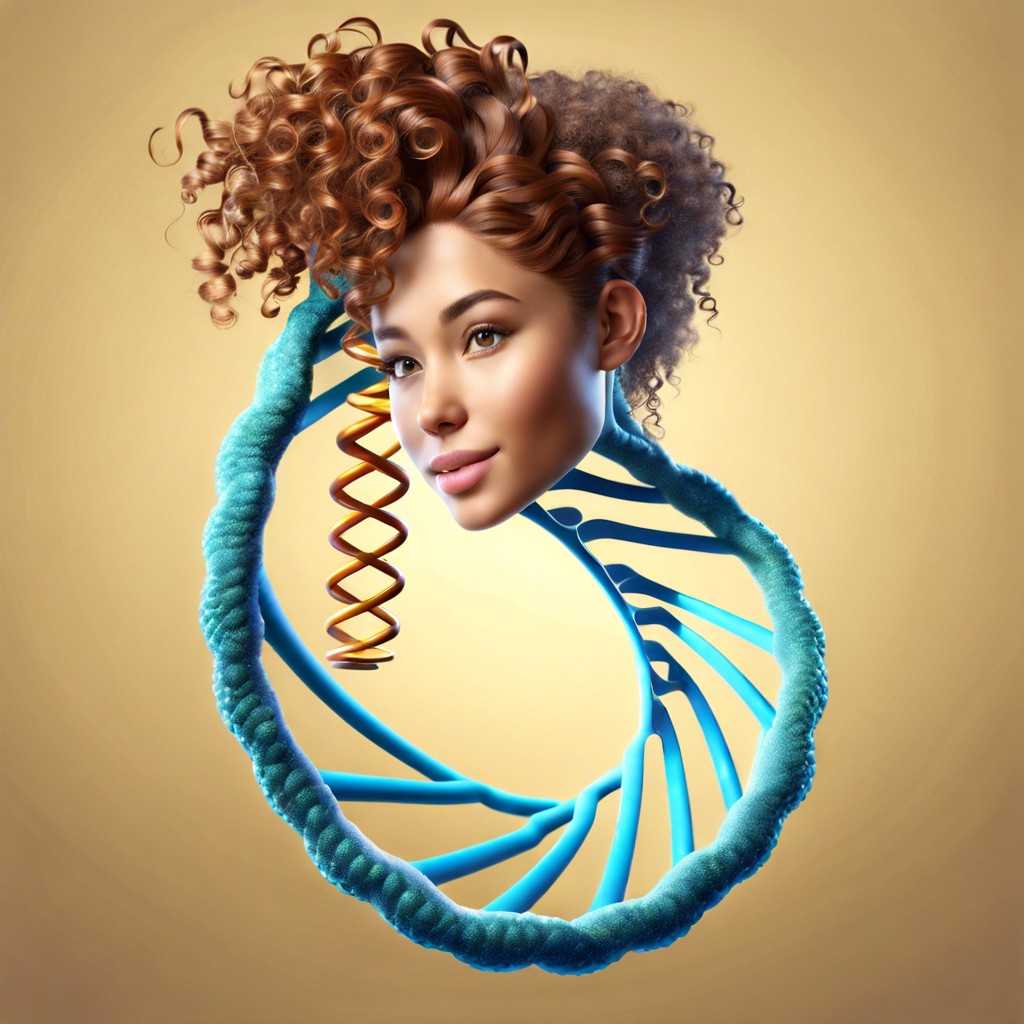
Curly hair is often inherited, with specific genes determining the curl pattern passed down from parents to offspring.
Hormones
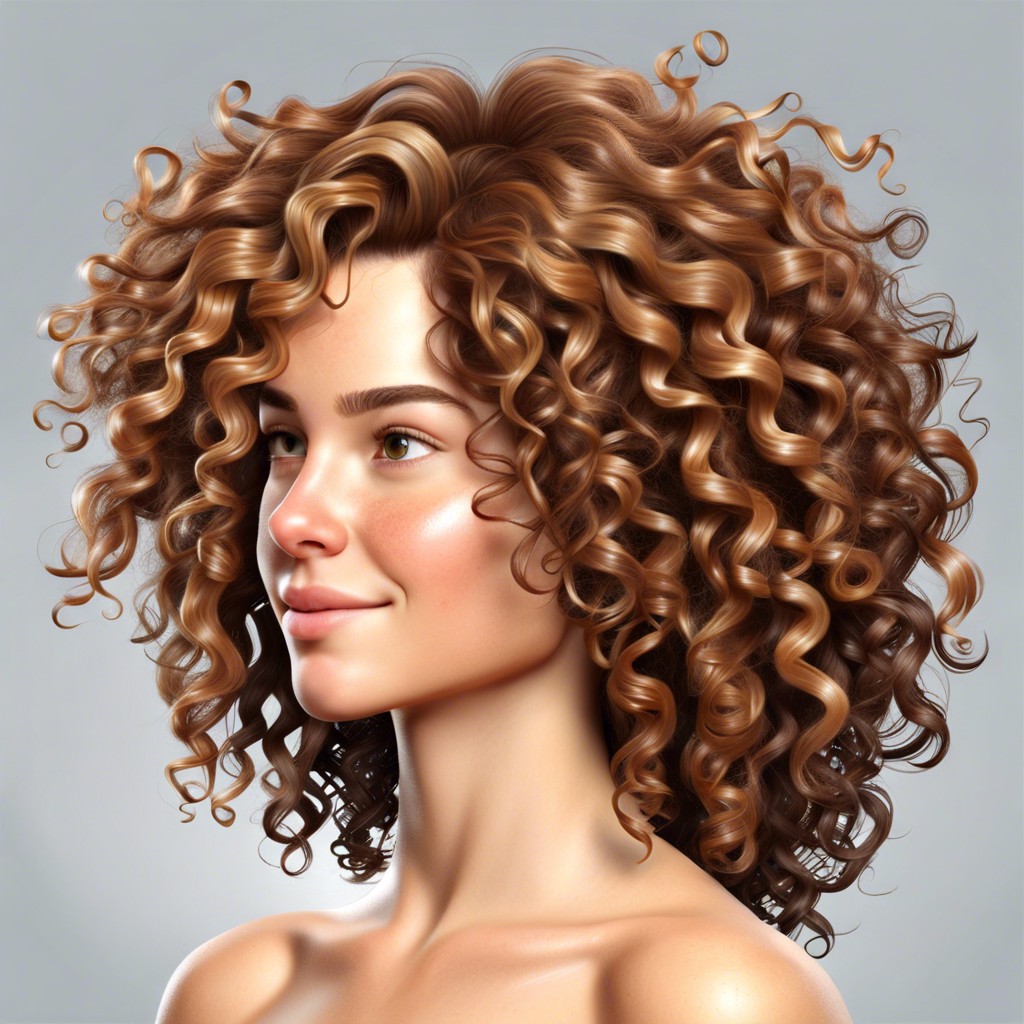
Fluctuations in hormone levels can alter the texture and curl pattern of your hair over time.
Humidity
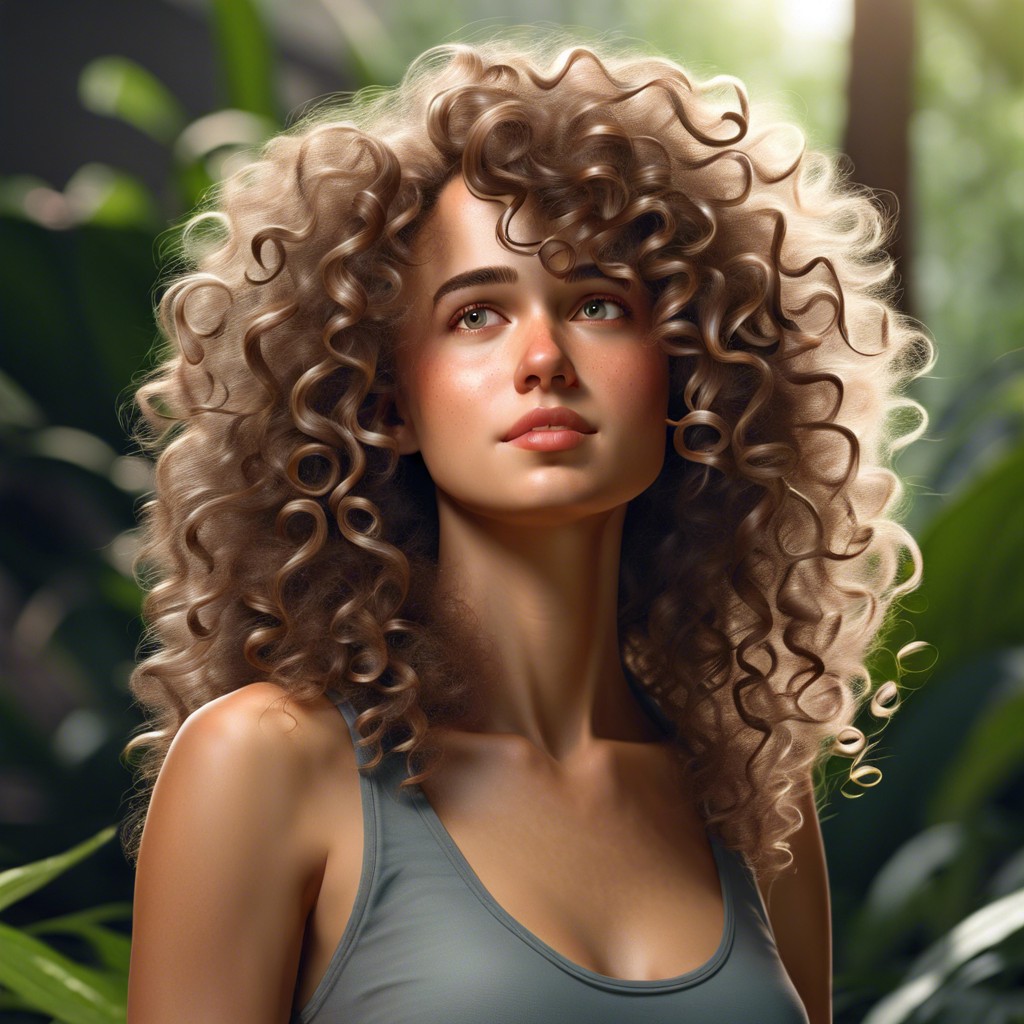
Humidity swells the hair strand, enhancing the curls by disrupting hydrogen bonds within each hair.
Heat Styling
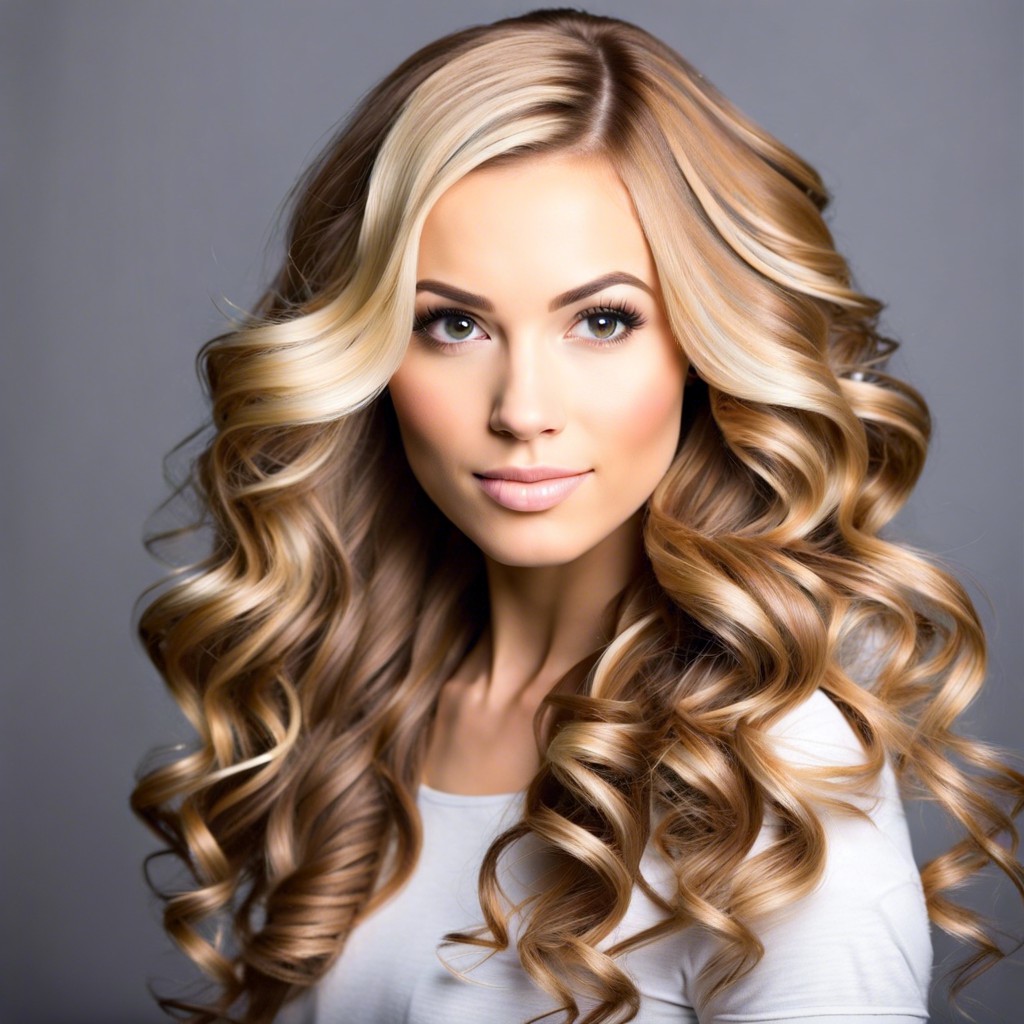
Excessive use of curling irons and straighteners can alter your hair’s natural texture, leading to temporary or permanent changes in curl pattern.
Chemical Treatments
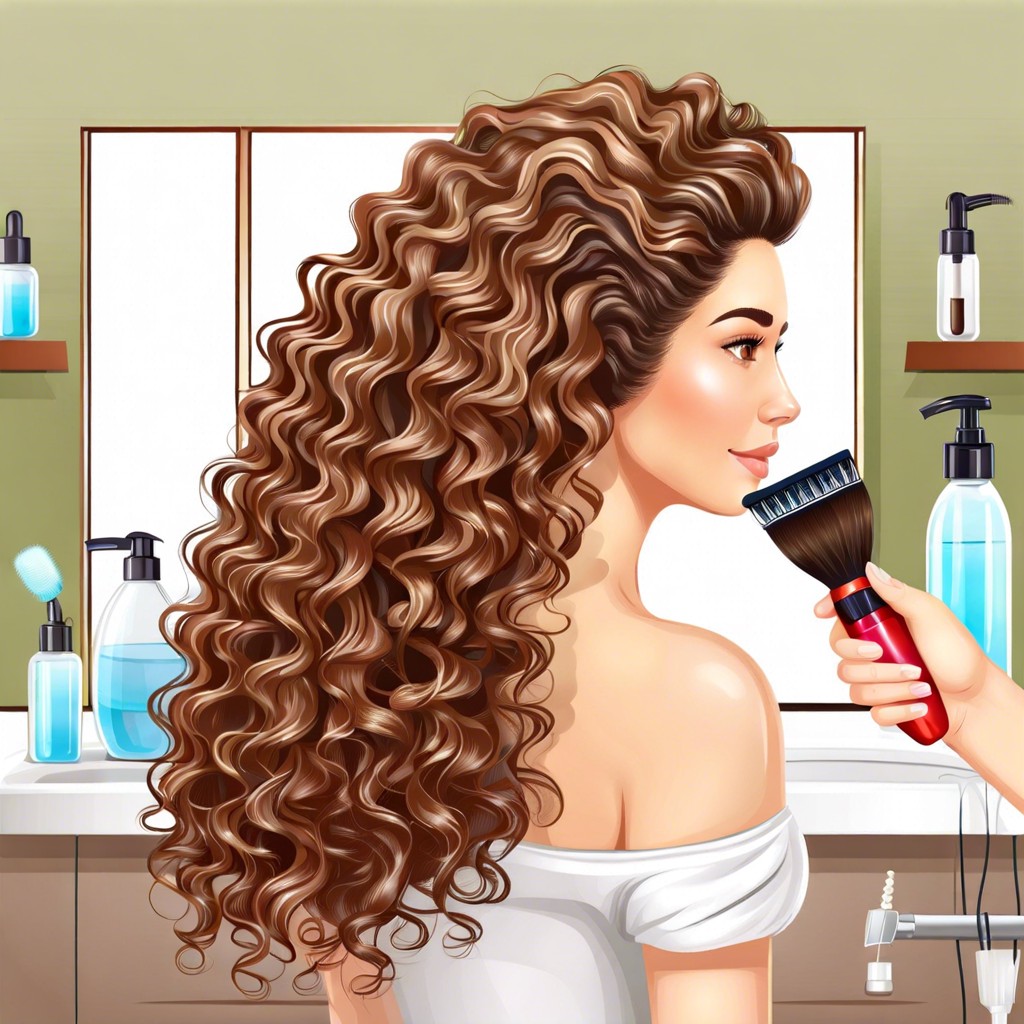
Chemical treatments alter hair’s structure to produce or enhance curls through permanent reshaping.
Hair Follicle Shape
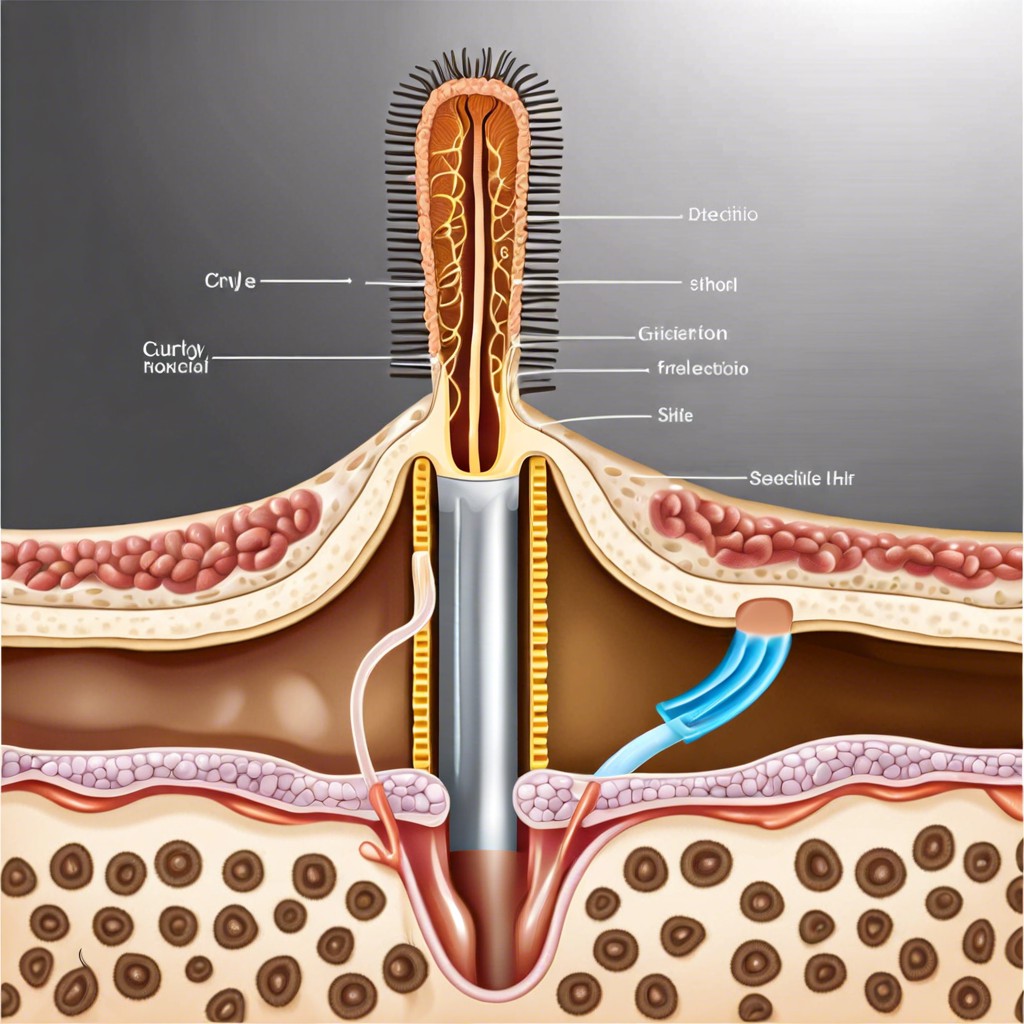
Curly hair roots from the asymmetrical shape of the follicle, causing strands to spiral as they grow.
Sulfur Bridges
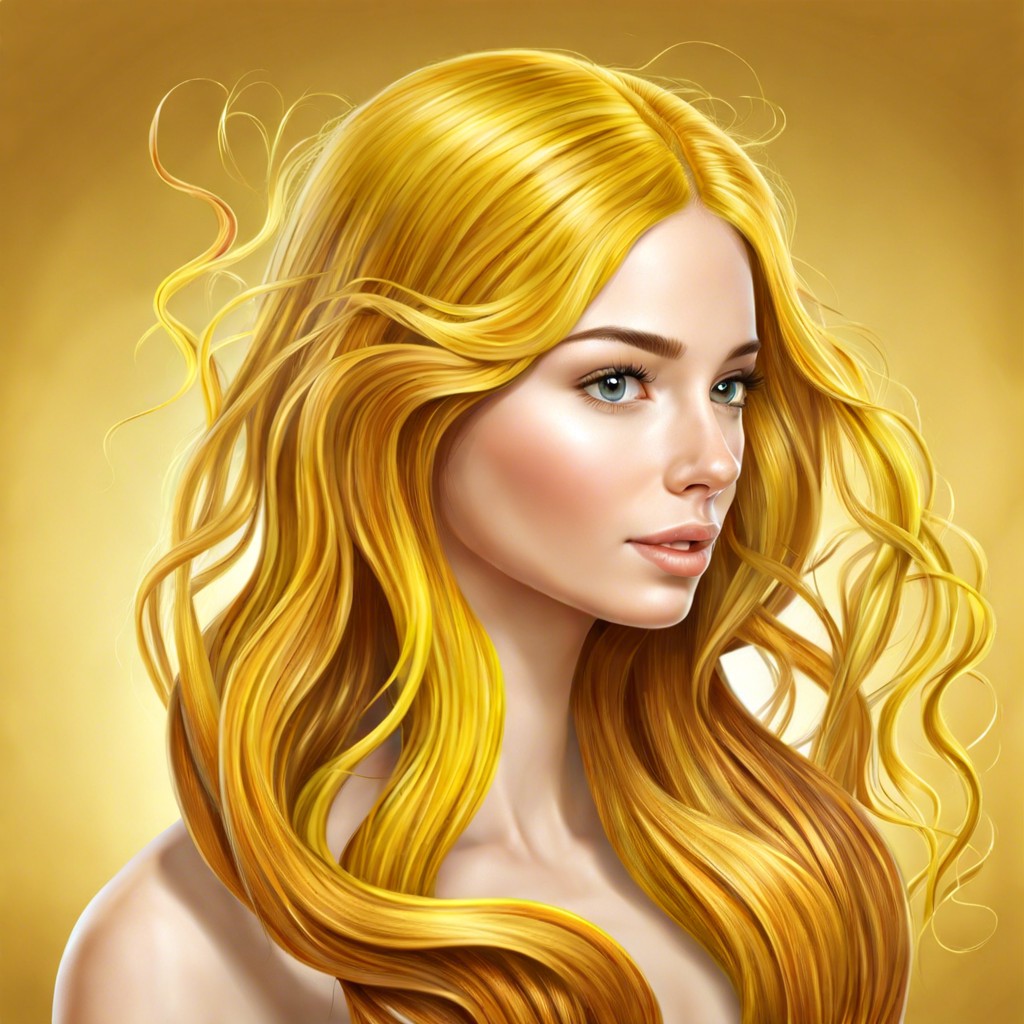
Sulfur bridges, formed by disulfide bonds between amino acids in hair proteins, play a crucial role in giving strands their curly shape.
Keratin Bonds
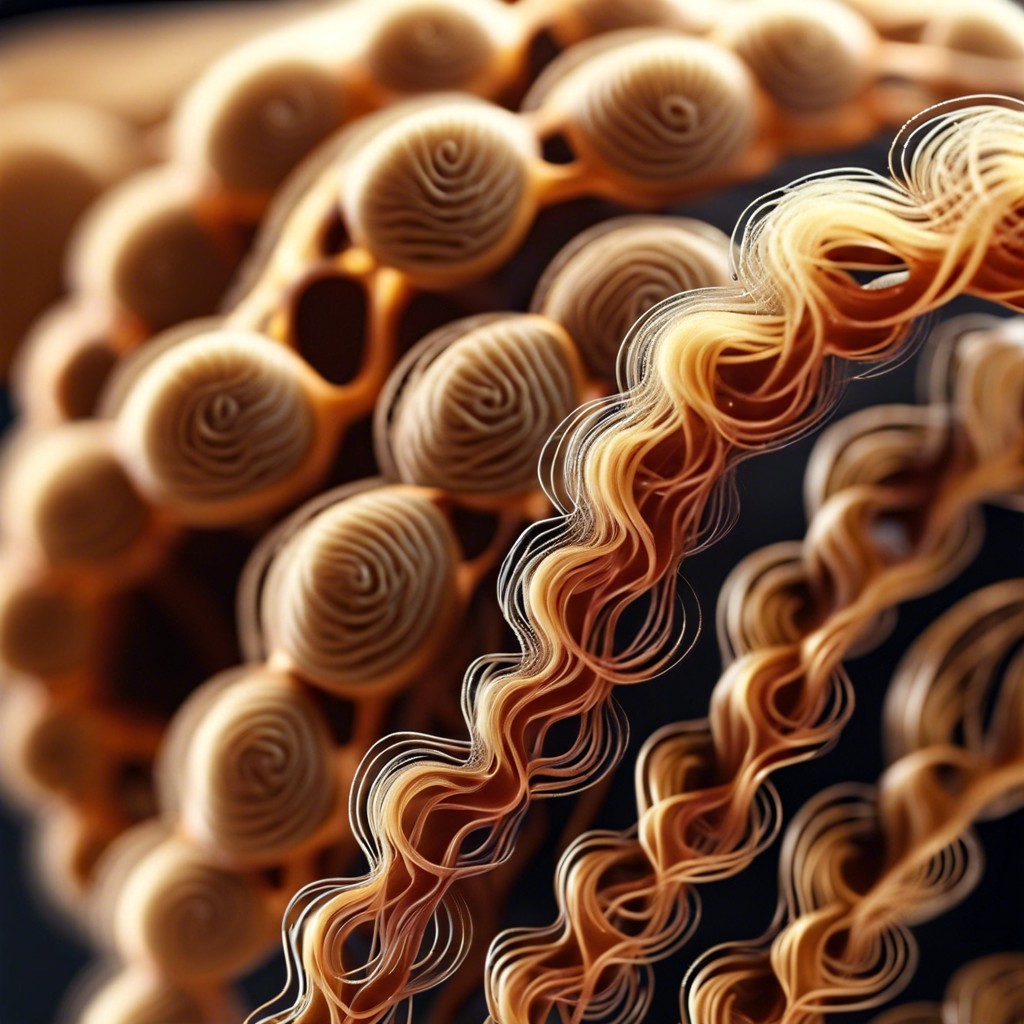
Curly hair’s twist and turns are due to the keratin proteins within each strand linking together at varying angles.
Curling Products
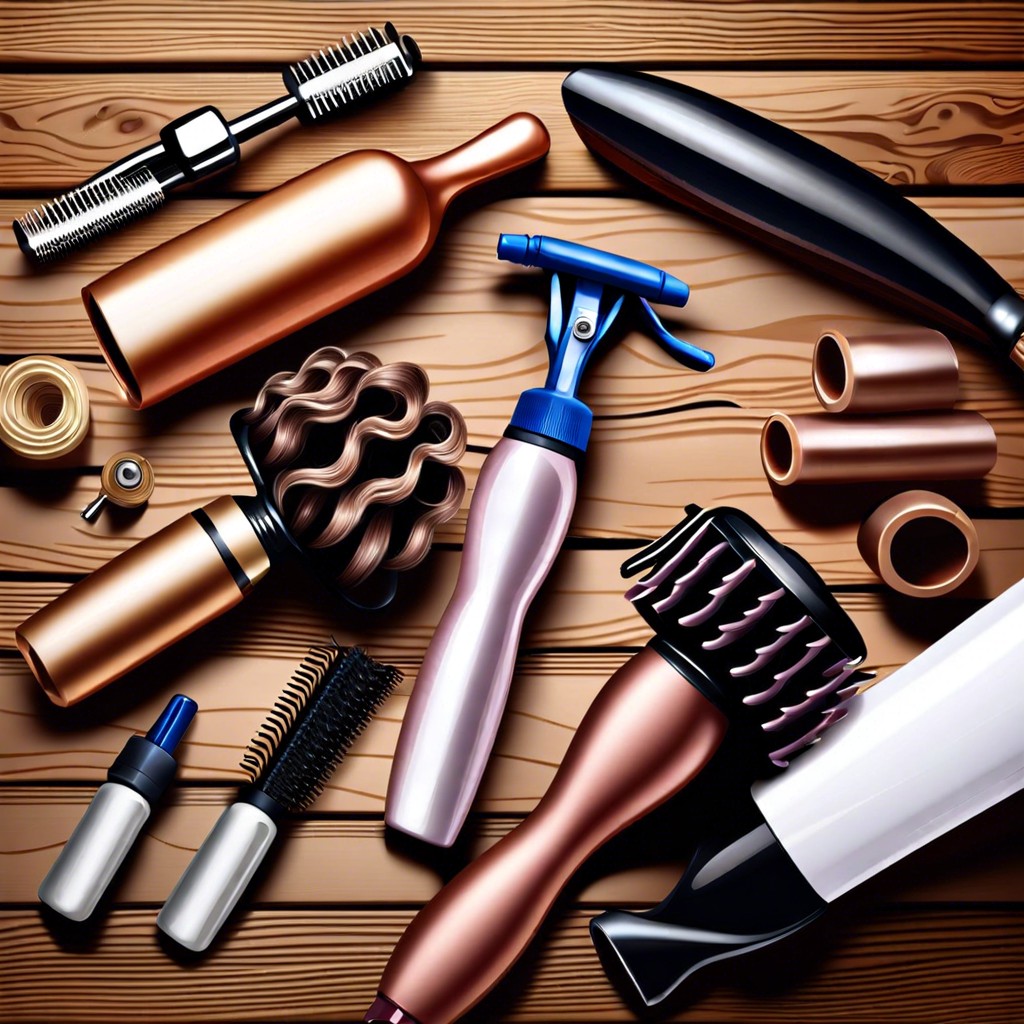
Curling products, such as gels and mousses, enhance and define natural curls by coating the hair shaft and providing hold to maintain the hair’s shape.
Haircut Technique
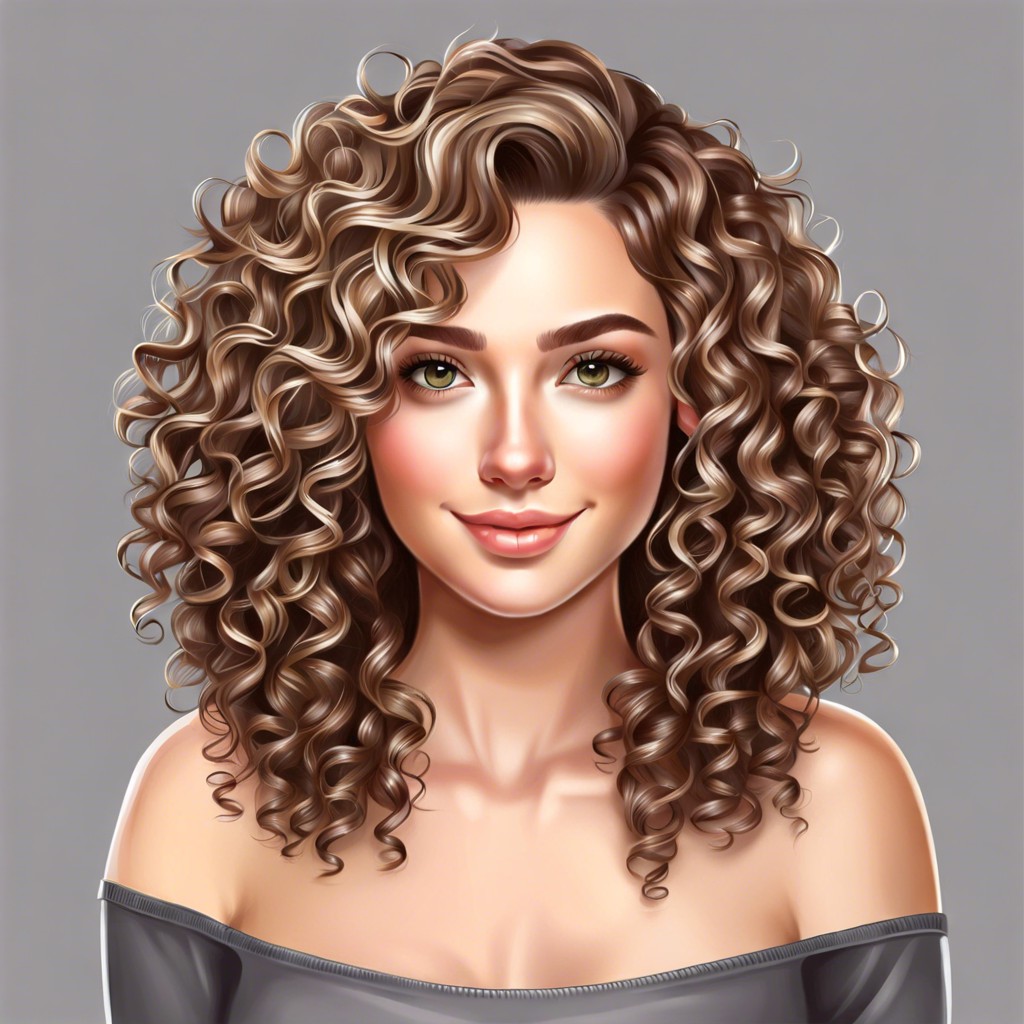
Strategic snips can boost natural curls, altering their bounce and behavior.
Sleeping Patterns
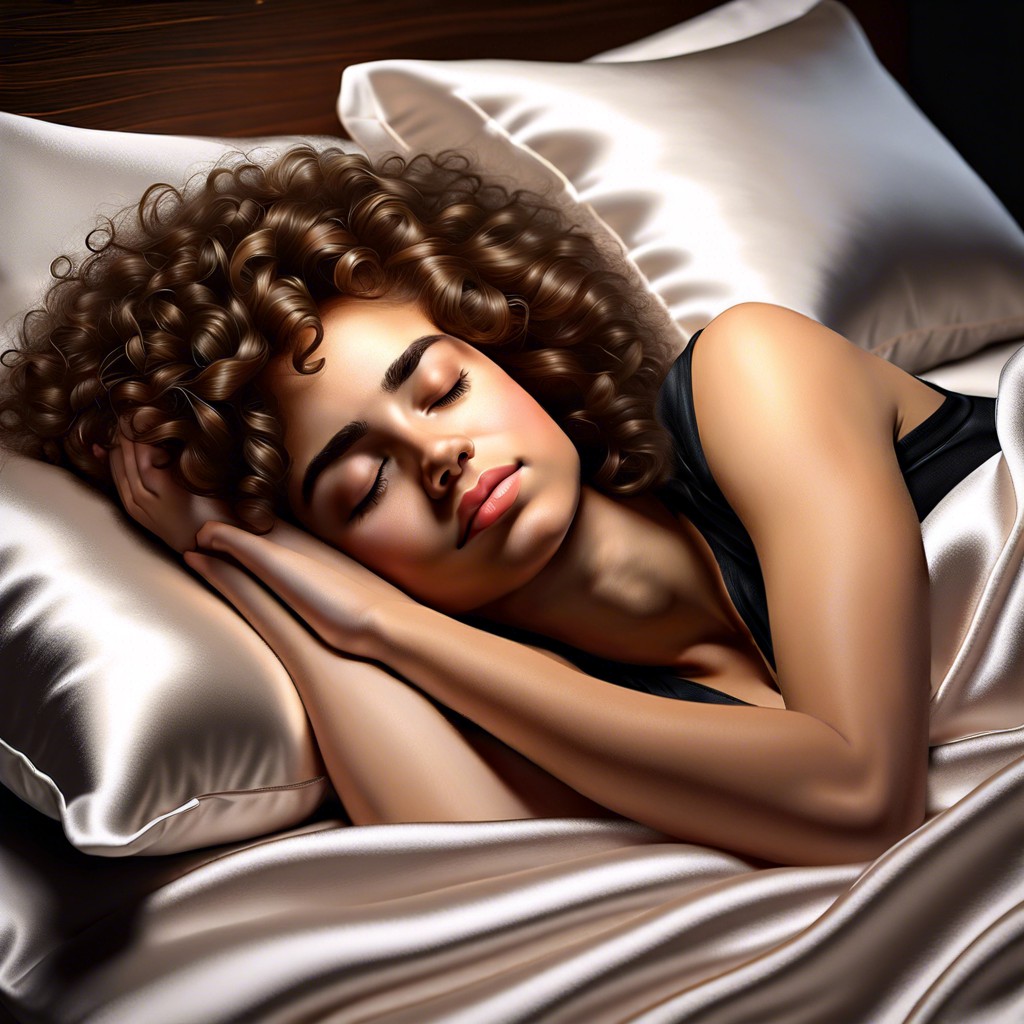
Resting on one side or with hair tightly bound can press and misshape curls over time.
Hydration Level
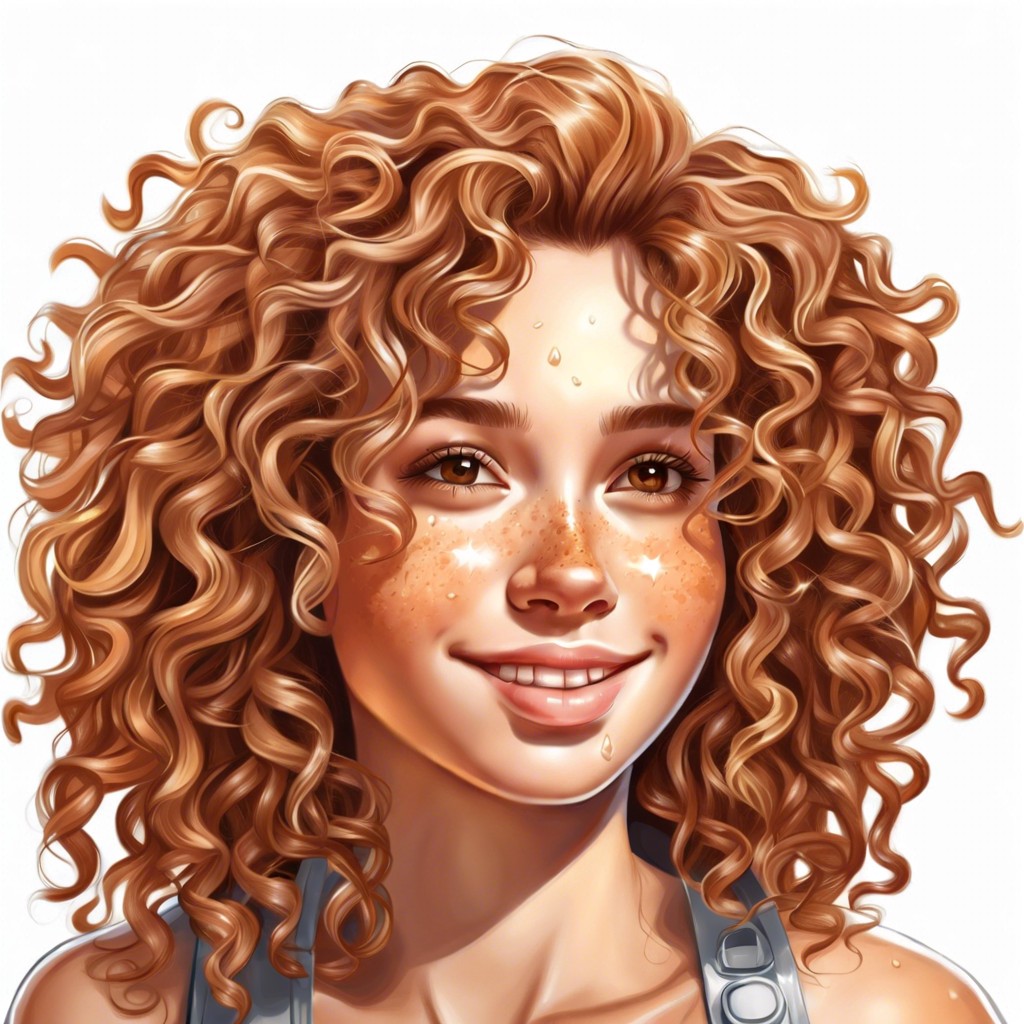
Adequate moisture keeps curls supple and helps maintain their natural bounce and definition.
Diet Influence
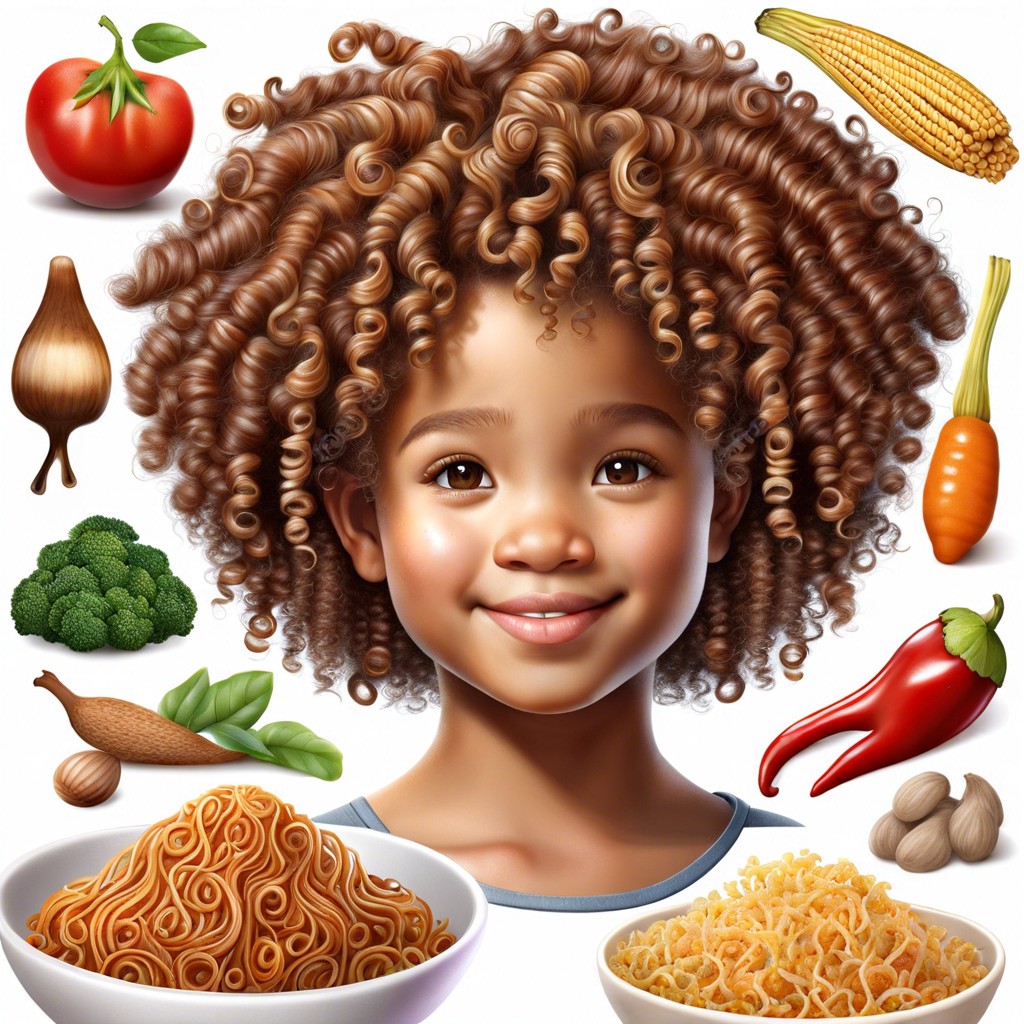
Consuming nutrient-rich foods supports healthy hair growth and potentially impacts its texture.
Environmental Factors
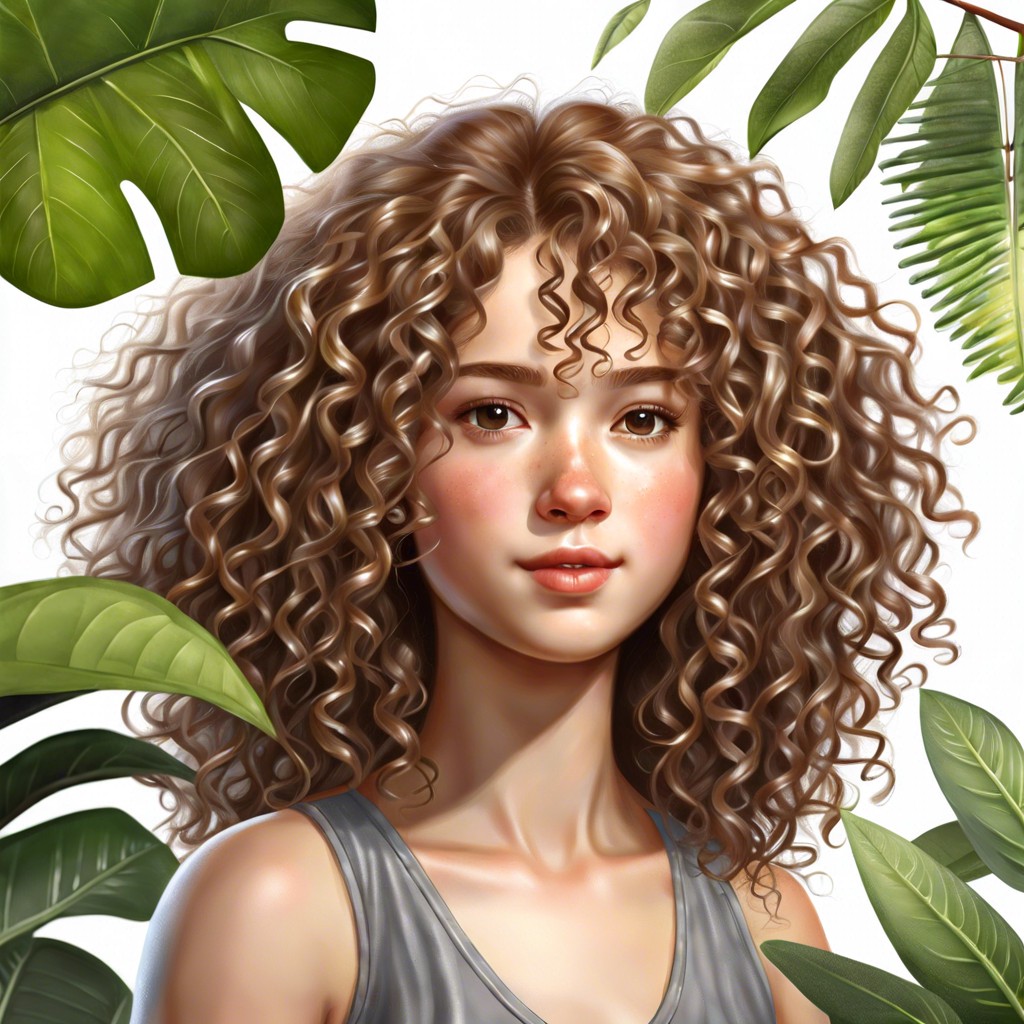
Exposure to the sun, climate, and air quality can influence hair texture, potentially altering its curl pattern.
Mechanical Manipulation
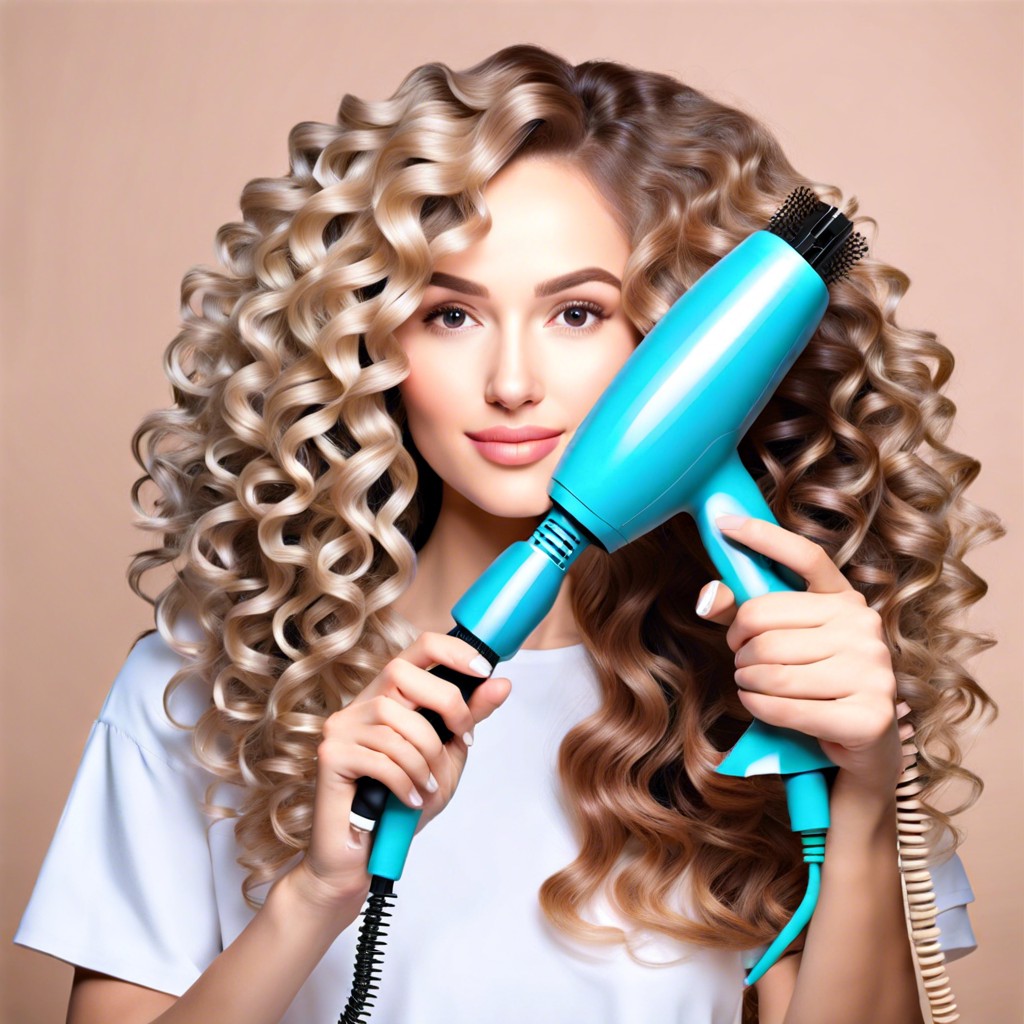
Twisting, braiding, and coiling strands can train them to adopt a curlier appearance over time.
